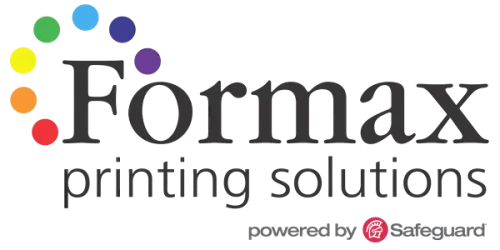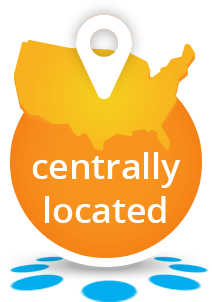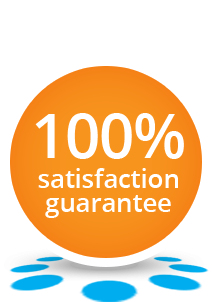Hardcover Books vs Perfect Bound Books - What's The Difference?
Choosing between hardcover and perfect bound books can be challenging. Each offers unique benefits and drawbacks.
Perfect bound books, on the other hand, are more affordable and lightweight. They have a flexible spine, making them easier to handle and store.
Understanding the differences between these bookbinding methods is crucial. It helps readers, authors, and publishers make informed decisions.
In this article, we will explore the key differences, advantages, and disadvantages of hardcover and perfect bound books. This will guide you in choosing the right option for your needs.
What Are Hardcover Books ?

These books are frequently used for high-quality publications, including first editions and collector's items. Their robust nature makes them a favorite among book enthusiasts and libraries.
Common features of
- Dust jackets for aesthetic appeal and added protection
- Embossing or foil stamping for a unique touch
- Enhanced durability for high usage environments
Their aesthetic appeal and status as a symbol of quality make
What Are Perfect Bound Books?
Perfect bound books are known for their sleek and modern appearance. Unlike hardcovers, these books feature a flexible spine held together with adhesive. This binding method is economical, making it popular among publishers.
These books are mostly found in formats like paperbacks, magazines, and catalogs. The glue-bound spine offers a streamlined look, appealing to contemporary readers.

Key attributes of perfect bound books include:
- Lightweight and easy to transport
- More affordable for both publishers and buyers
- Suited for full-color cover designs
While they may not last as long as hardcovers, perfect bound books offer convenience and style at a lower cost. They serve well for casual reading and are often favored for self-publishing projects.
Key Differences: Hardcover vs Perfect Bound Books
Hardcover and perfect bound books differ significantly in construction and use.
In contrast, perfect bound books offer flexibility and affordability. Their glued spines are less durable but allow for easier page turning. Their lightweight nature makes them perfect for travel and casual reading.
Here are some key differences to consider:
- Durability:
Hardcover books withstand more damage. - Cost: Perfect bound books are generally cheaper.
- Use: Hardcovers are ideal for collectors; perfect bounds suit casual readers.
When choosing a book format, consider your needs and preferences.
Pros and Cons of Hardcover Books
However,
Consider these pros and cons:
- Pros:
- Long-lasting
- Attractive presentation
- Superior page protection
- Cons:
- Heavy and bulky
- More expensive
- Less eco-friendly
Pros and Cons of Perfect Bound Books
Perfect bound books offer an appealing blend of affordability and sleek design, making them popular for a wide range of publications. Their lightweight nature makes them ideal for readers who value portability. This format is particularly suitable for casual reading materials, like magazines and novels.
Yet, there are disadvantages to consider with perfect bound books. Their spines, glued rather than stitched, are prone to cracking, which can lead to pages falling out over time. This limits their durability, especially under frequent use.
Here are key pros and cons:
- Pros:
- Cost-effective
- Lightweight and portable
- Modern appearance
- Cons:
- Less durable
- Prone to spine damage
- Susceptible to environmental factors
Perfect bound books are favored by those prioritizing budget and convenience over longevity, particularly for short-term or disposable reads.
When to Choose Hardcover Books
Choosing
Consider
Ideal occasions for
- Gifting prestigious works
- Building long-term collections
- Withstanding frequent handling
For those seeking a timeless investment,
When to Choose Perfect Bound Books
Perfect bound books are an excellent option for those needing an affordable and lightweight binding. They are perfect for casual reading and are popular among self-published authors due to lower costs. Their flexibility makes them easy to transport, enhancing their appeal for on-the-go readers.
Consider perfect bound books when you need a sleek and modern look for your publication. They work well for short-term needs and when large print runs are involved.
Ideal scenarios for perfect bound books include:
- Self-publishing projects
- Short-term use books
- Economical large volume prints
For a cost-effective and convenient option, perfect bound books fit the bill.
Hardcover vs Paperback : How Do They Compare?
The debate between hardcover and paperback books is ongoing. Each has unique benefits.
Key comparison points:
- Durability vs. Affordability
- Weight and portability
- Aesthetic appeal and longevity
Conclusion: Which Binding Is Right for You?
Choosing between hardcover and perfect bound books depends on your needs. Consider how you plan to use the book. For gifts or collections, hardcover is ideal due to its durability and aesthetic appeal.
Alternatively, for casual or budget-conscious reading, perfect bound books are the way to go. They are more affordable and easier to carry. Think about the book's purpose and your personal preferences. Your choice will guide you towards the best option, ensuring satisfaction and value for your particular reading or publishing needs. Reach out to us for assistance at 866.367.6221 or submit our quote request form and we would be happy to help.
Take care,
Rick





